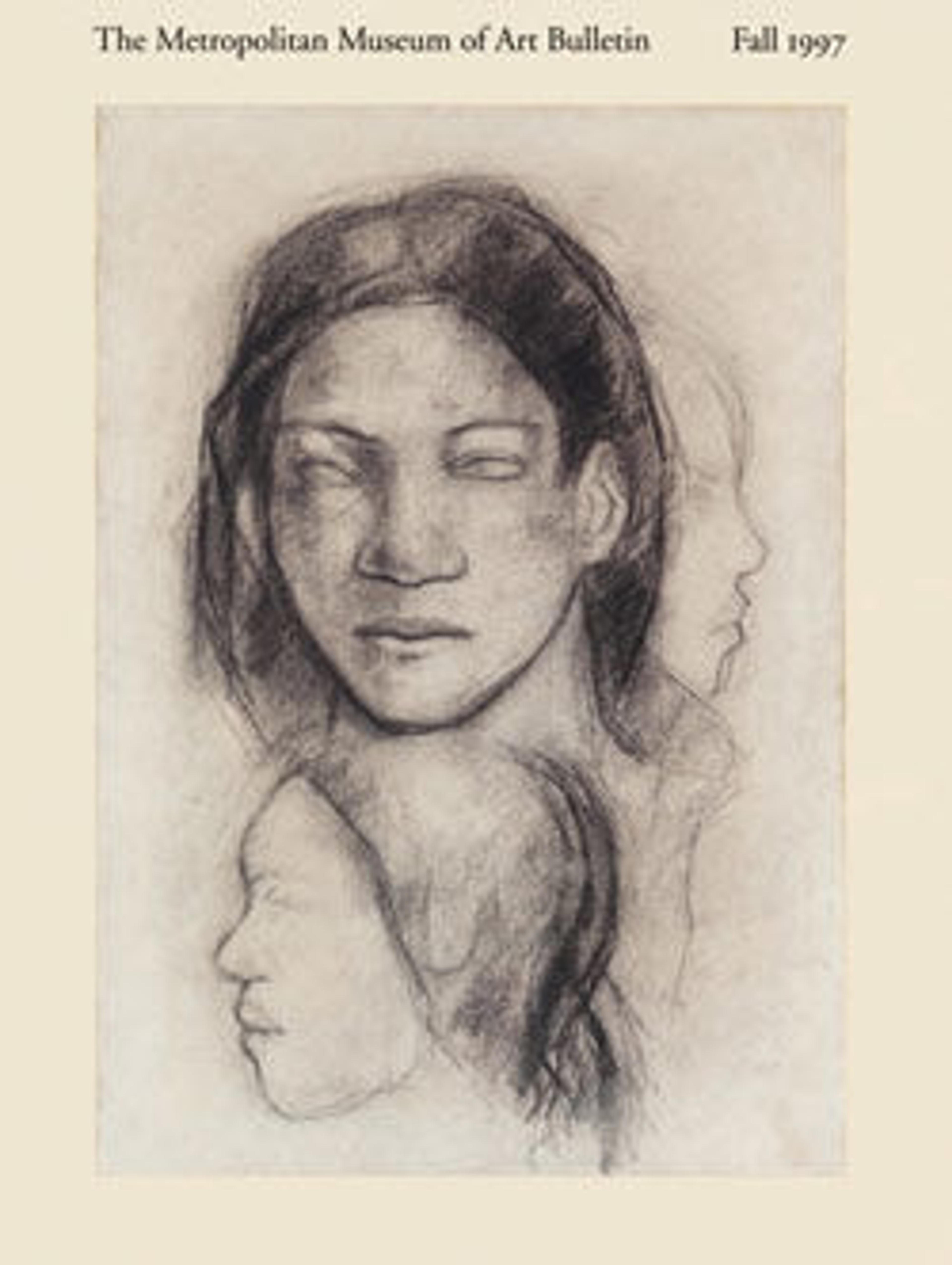The Holy Family with Saint John the Baptist
During Poussin’s early years in Rome, he was especially interested in Venetian painting. He studied Titian’s great mythological compositions, notably the Bacchanals, from which he took inspiration for this painting’s fruit-gathering cherubs. The Holy Family sits under an apple tree with a grape vine twisting around it, two symbols Poussin used to layer meaning for a well-trodden subject. As symbols of salvation, apples connect Christ to the first man, Adam. Grapes are associated with the holy communion and the substantiation of wine for Christ’s blood. Originally, the painting’s palette would have been much brighter, but several of its pigments have degraded over time.
Artwork Details
- Title:The Holy Family with Saint John the Baptist
- Artist:Nicolas Poussin (French, Les Andelys 1594–1665 Rome)
- Date:ca. 1627
- Medium:Oil on canvas
- Dimensions:30 x 25 in. (76.2 x 63.5 cm)
- Classification:Paintings
- Credit Line:Bequest of Lore Heinemann, in memory of her husband, Dr. Rudolf J. Heinemann, 1996
- Object Number:1997.117.6
- Curatorial Department: European Paintings
More Artwork
Research Resources
The Met provides unparalleled resources for research and welcomes an international community of students and scholars. The Met's Open Access API is where creators and researchers can connect to the The Met collection. Open Access data and public domain images are available for unrestricted commercial and noncommercial use without permission or fee.
To request images under copyright and other restrictions, please use this Image Request form.
Feedback
We continue to research and examine historical and cultural context for objects in The Met collection. If you have comments or questions about this object record, please contact us using the form below. The Museum looks forward to receiving your comments.
